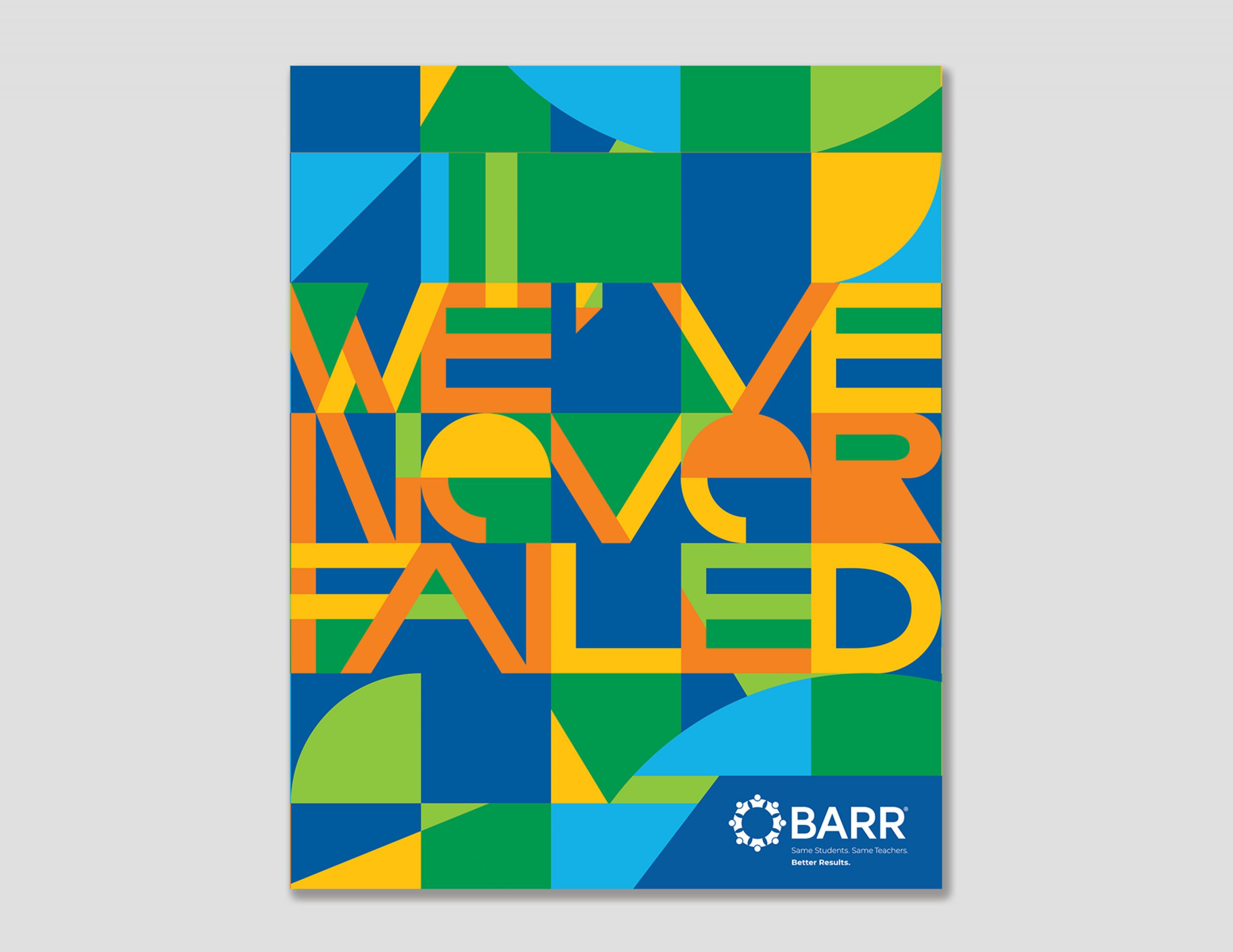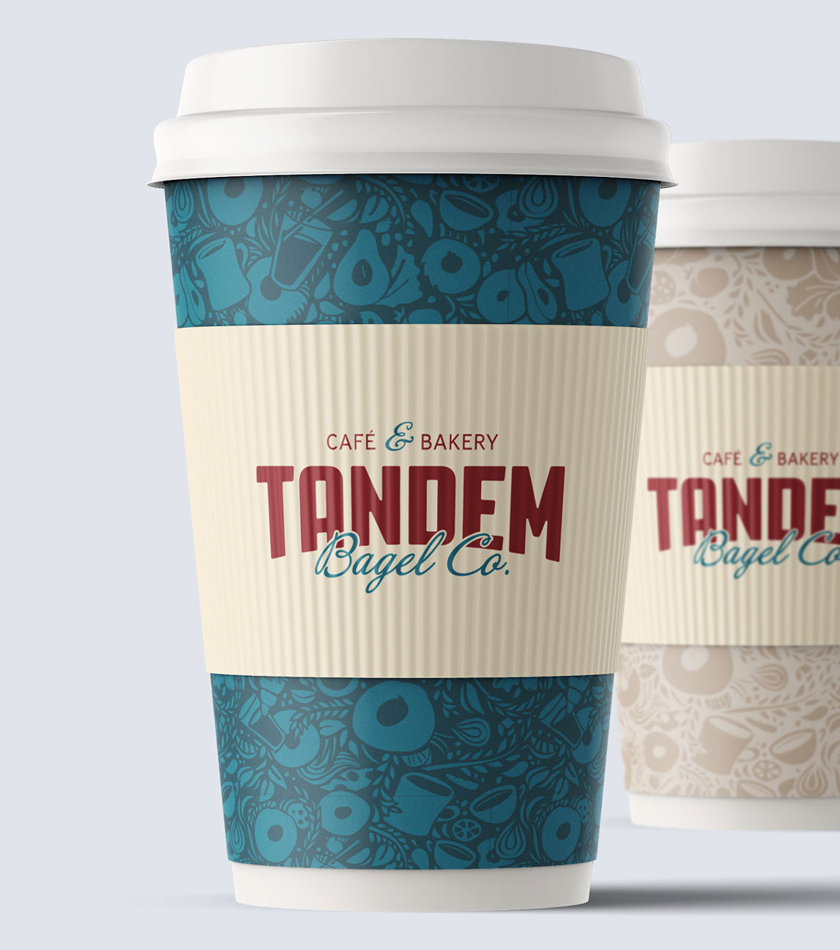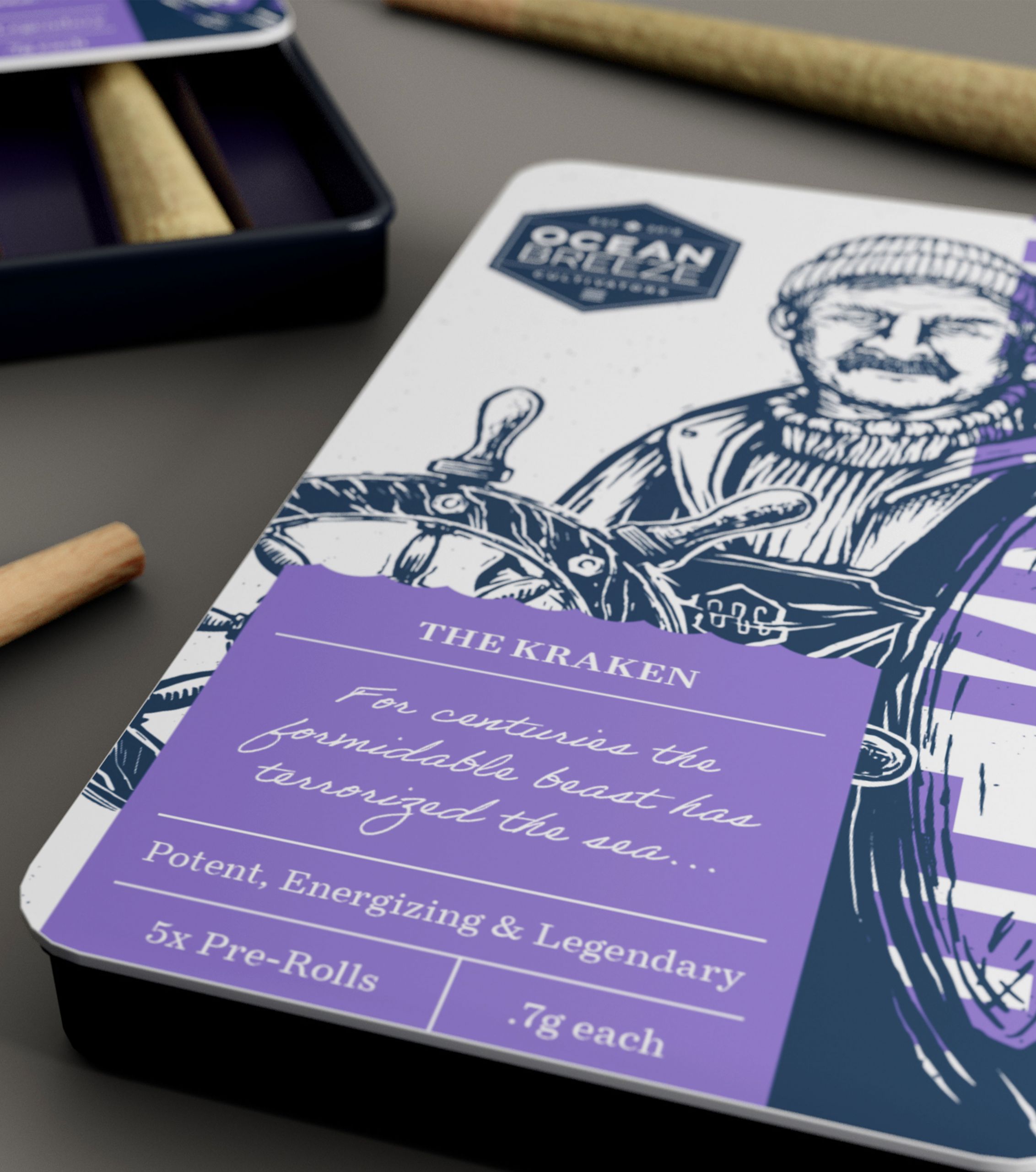In 2022, shoppers expect retail experiences in-store to be as fast and safe as they are online.
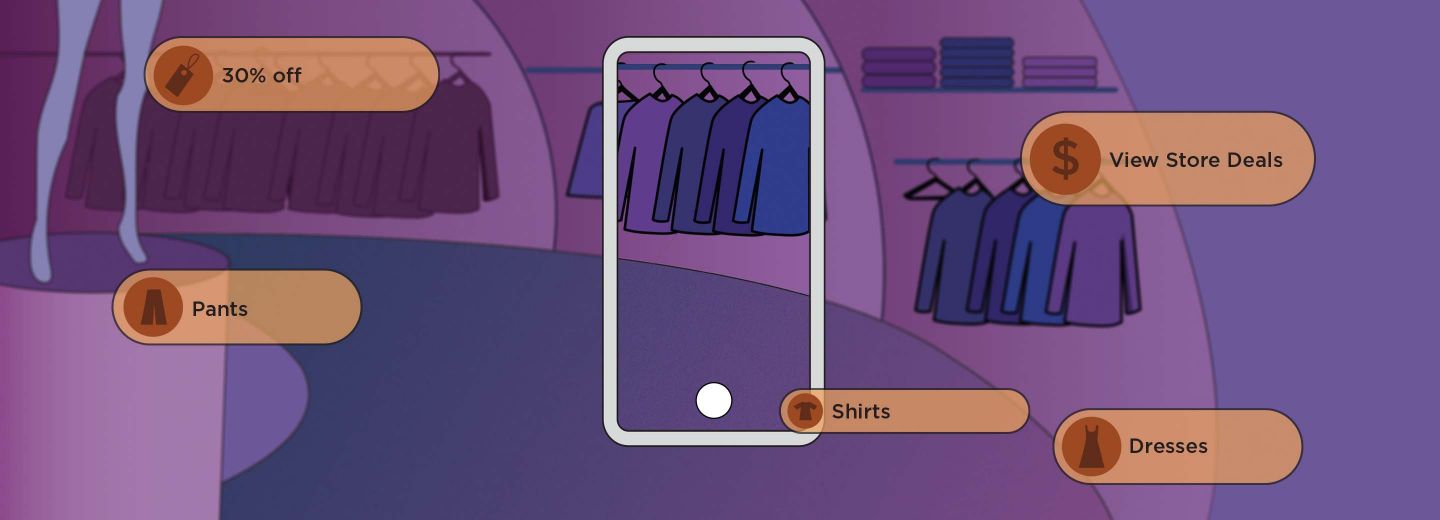
In 2020 everything changed, and in 2021, we realized it would never be the same. So what can we expect in 2022? Likely, the continuation of a decade-long shift in how we socialize, interact, and more importantly… shop. It’s a shift we probably won’t fully understand for years to come, but we can at least take notes as we go.
Let’s begin with the data. According to the National Retail Federation’s (NRF) annual report, retail sales are growing at levels not seen in over 15 years. If we look back, retail sales have grown by almost 4% annually since 2010, but in 2020, retail increased by 6.7%, and the 2021 forecast is reporting growth of between 10.5-13.5%.
Is this surge due to the fact that we’re all stuck at home in front of computers, shopping online (i.e., coping with our existential crisis via an endless pursuit of material objects?) Actually, the data tells a more complicated story.
In 2021, in the midst of a global pandemic, non-store and online purchases are estimated to have grown between 18-23%. But, online sales still only account for 10% of all retail sales, according to the NRF. So, e-commerce isn’t the only factor contributing to the historic growth in retail sales overall. Believe it or not, people are shopping in person and they’re doing it more.
Despite the ongoing pandemic, brands and retailers still need to pay attention to the in-store consumer experience, and make sure they’re meeting (or hopefully surpassing) expectations.
In an effort to keep up, many retailers are integrating e-commerce conveniences into their in-store customer services. For example, over 50% of retailers currently offer, or plan to offer, ship-from-store capabilities, and almost two-thirds of retailers offer or plan to offer “buy online, pick up in store” services (according to NRF).
If you’re one of the shoppers out in the world, and have gone to Target or any other major retailer recently, you’ve probably already noticed that. So, what’s on the horizon for new in-store tech integrations? Things are about to get weird.
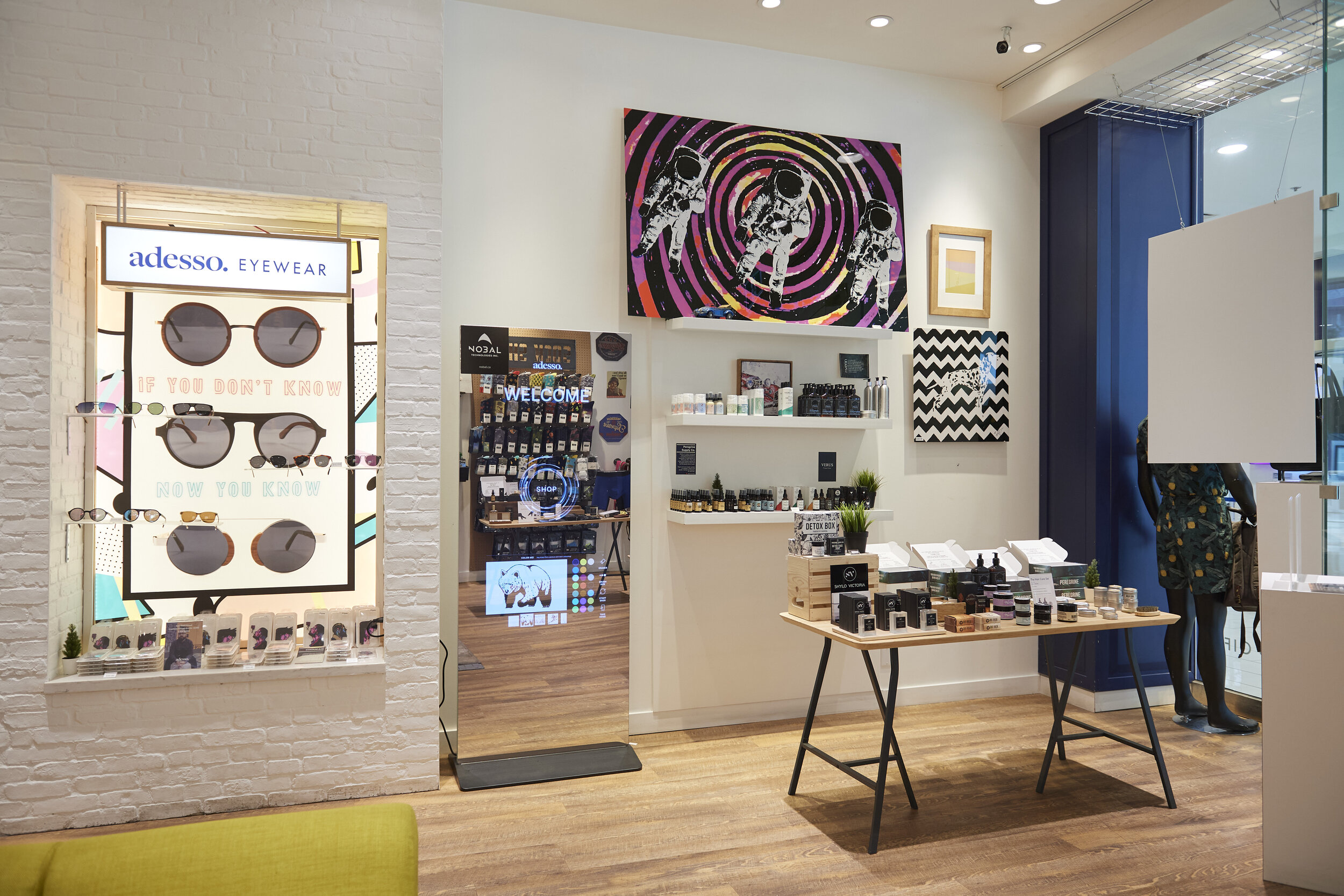
NOBAL Technologies has introduced an interactive mirror solution, iMirror, “designed to eliminate the traditional purchase barriers that often interfere with a shopper’s ability to search, view, try on, select and buy from a complete range of inventory and promotions.” The iMirror allows consumers to virtually try on clothes without a changing room, view a virtual catalogue, interact with a brand’s social media feed, take selfies, and shop recommended looks — all while standing in the store.
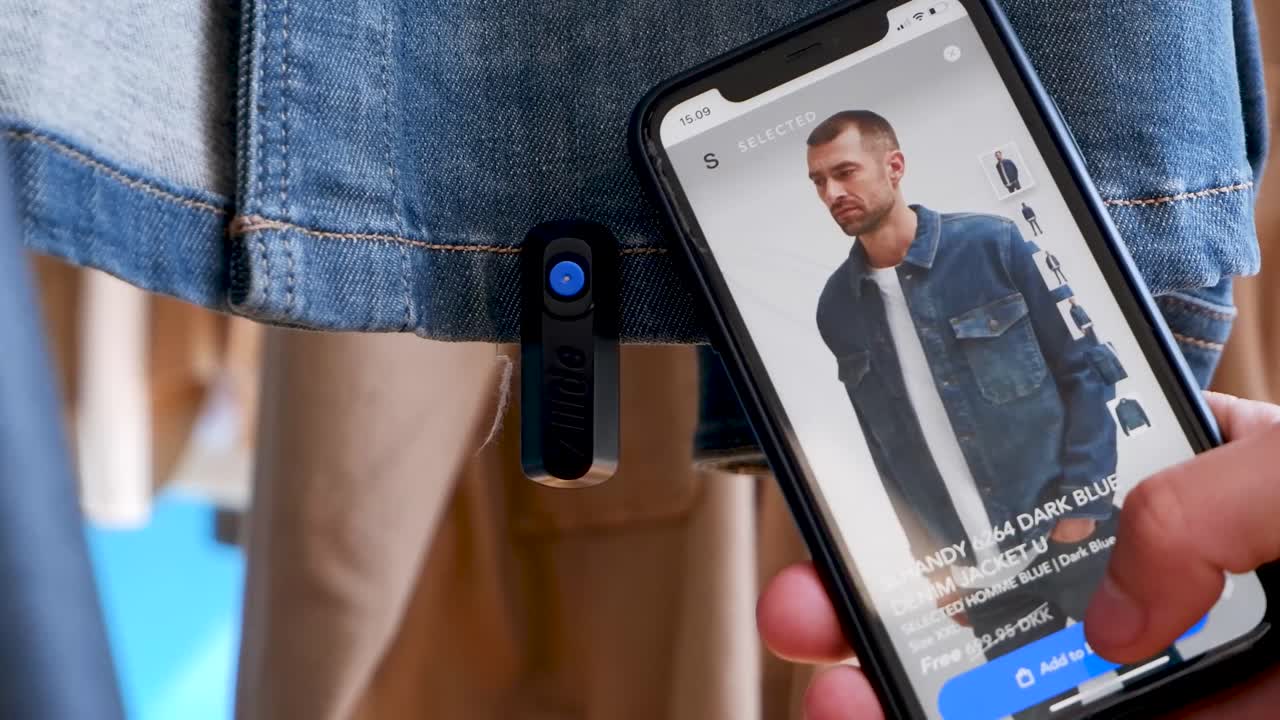
Zliide, a Danish tech startup, is introducing a tag that allows shoppers to self-checkout from anywhere in the store — “providing a whole new level of customer convenience without compromising security or installing a big clumsy kiosk.” In addition to price information, once shoppers scan the Zliide Tag, they can also view a whole plethora of additional brand content, including other products and social content. Zliide Tags allow shoppers to enter and leave a store without necessarily interacting with anyone at all — while still experiencing all that a brand has to offer across a wide range of channels.
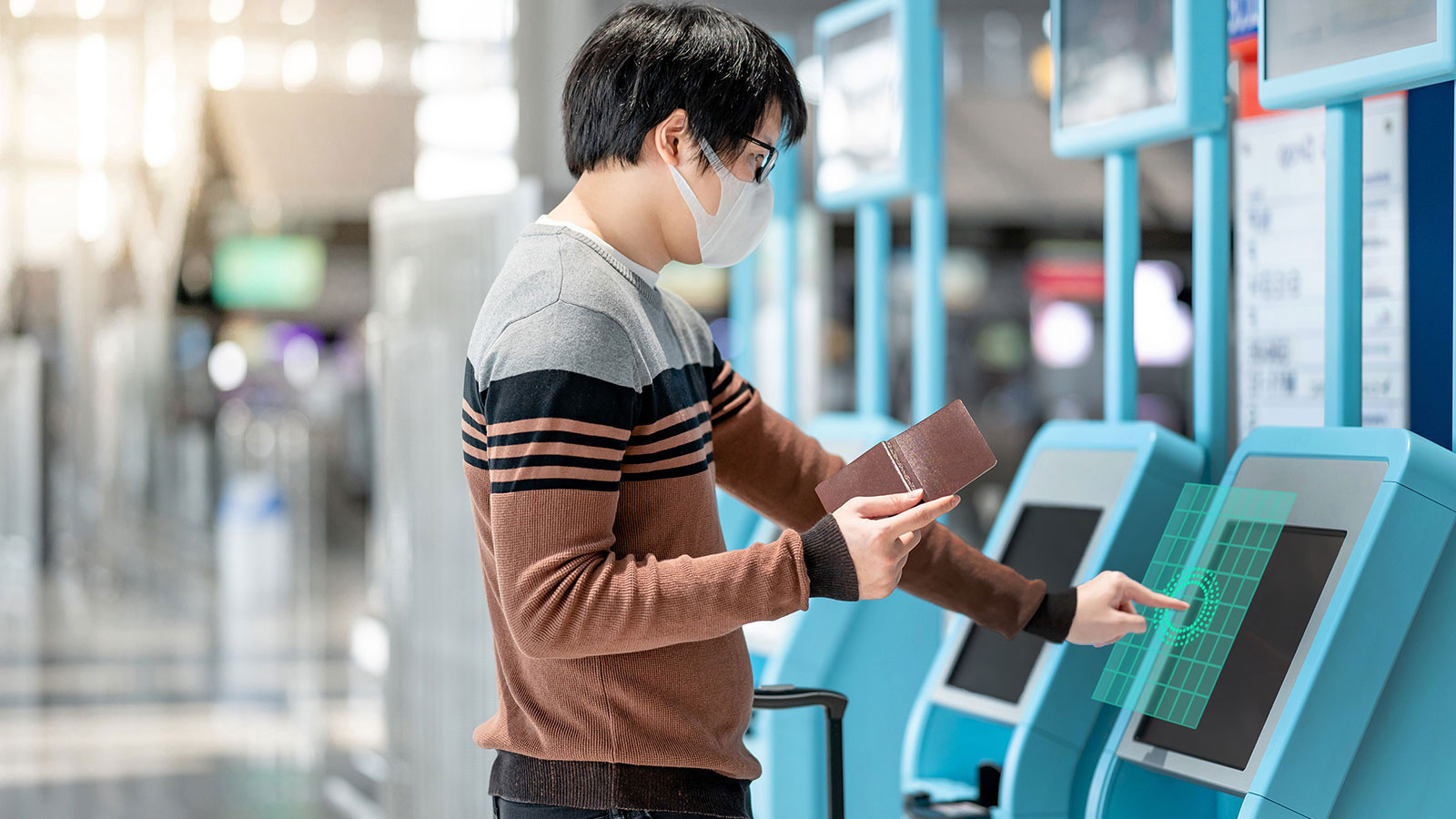
But what about consumers who are weary of using all of these new touchscreens in stores? Don’t worry, there’s a brand for that. Ultraleap introduced touchless technology that utilizes hand-tracking to allow shoppers to engage with digital devices such as kiosks, without touching any surfaces. The software detects a user’s hand in mid-air and converts it to an onscreen cursor. Ultraleap aims to appeal to retailers who are concerned with making sure consumers are as comfortable in-store as they are shopping online at home.
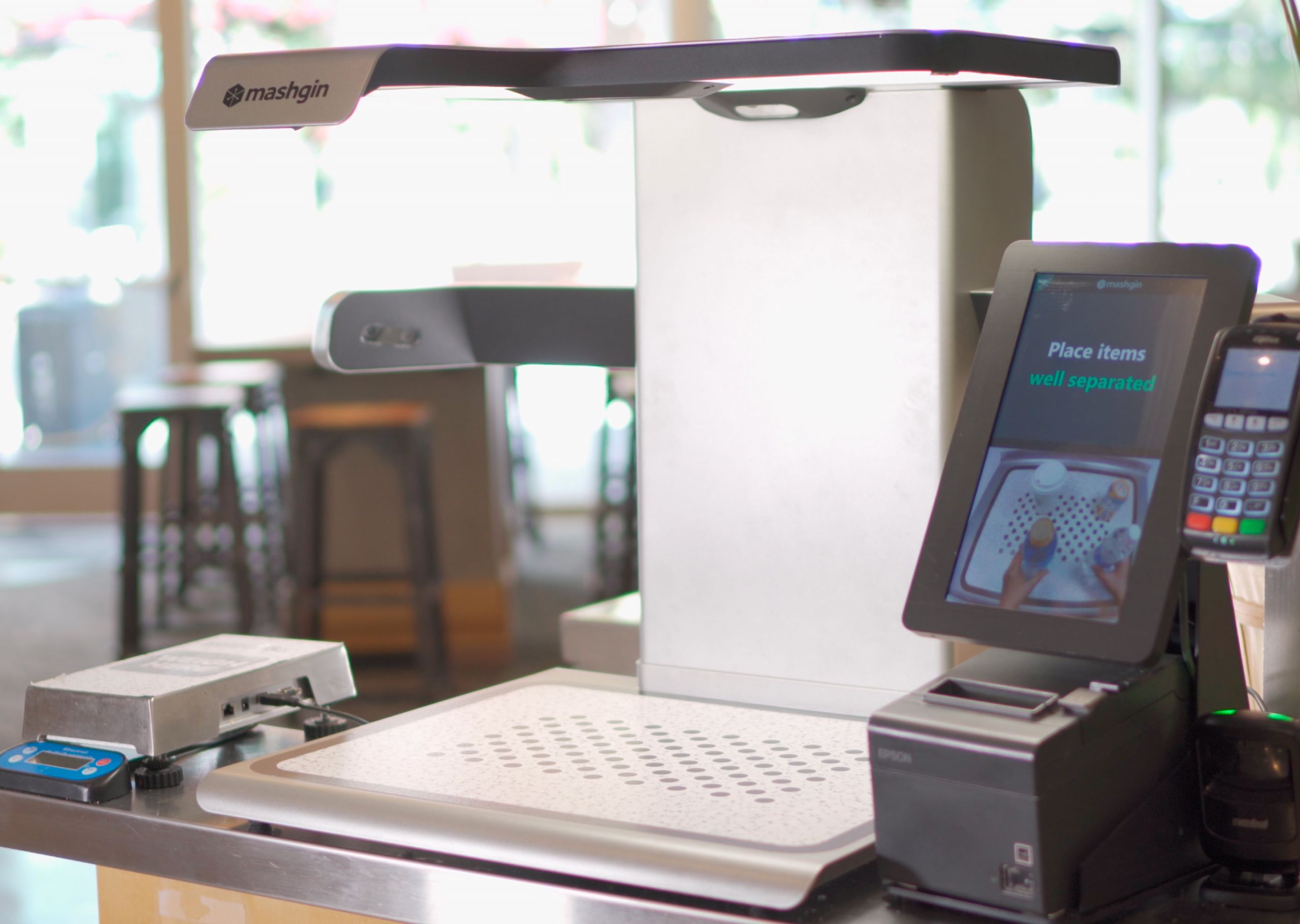
Similar to Ultraleap, Mashgin offers a touchless checkout system that uses cameras instead of barcodes to identify items. Mashgin claims to offer the world’s fastest self-checkout system powered by artificial intelligence (400% faster than cashiers and 800% faster than traditional self-checkout systems).
To recap, if you combined all of these technologies into one, shoppers would be able to enter a store, try on clothes, take a selfie, post it to Instagram, buy the clothes, and walk out without touching anything or talking to anyone.
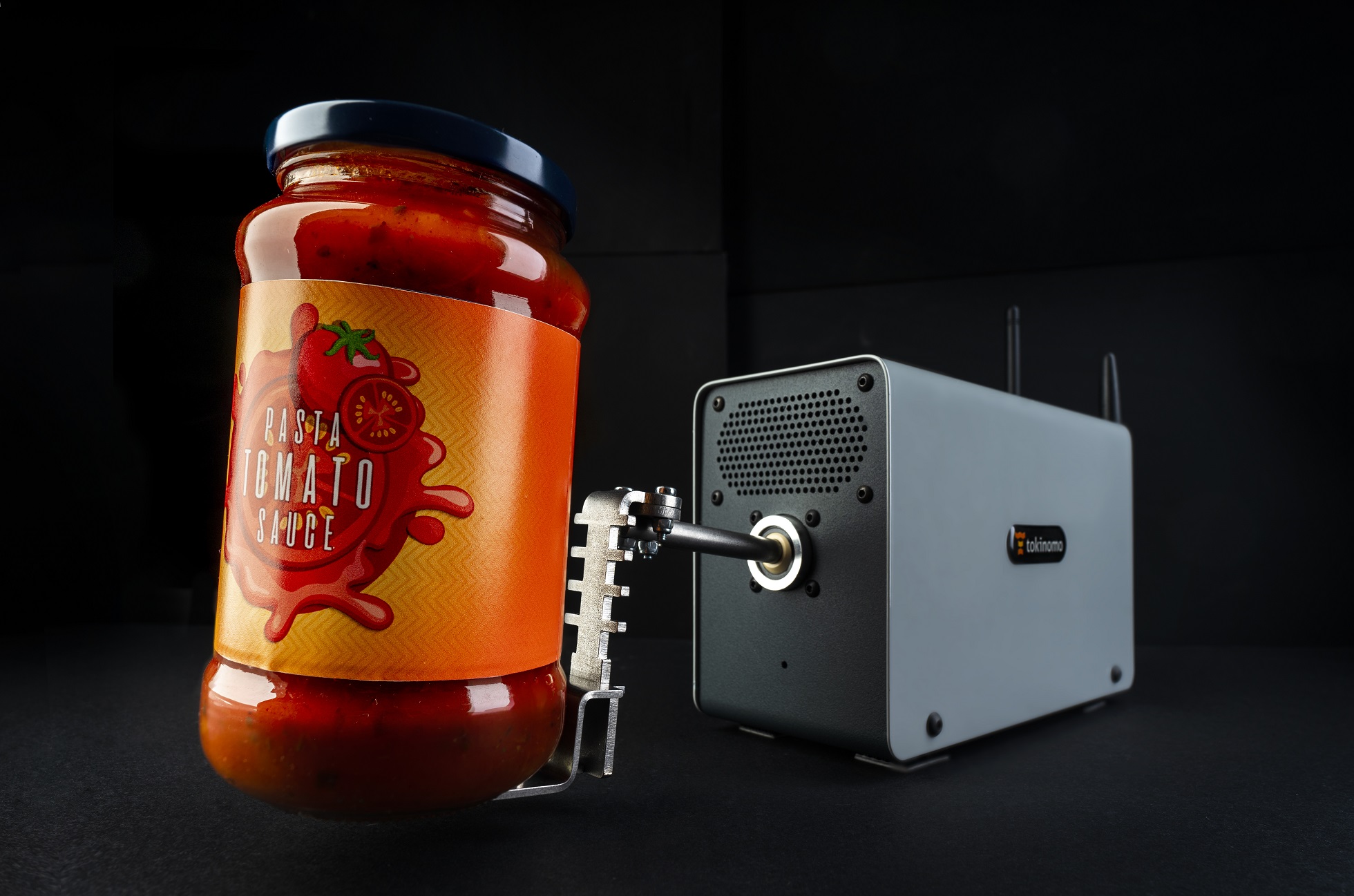
We’ve covered innovations that integrate digital experience in stores, but what about innovations that change a shoppers physical experience in the aisle? Tokinomo introduced a shelf advertising robot that puts products into the spotlight — literally. A motion-sensor triggers a robotic lever that lifts the product up and off the shelf and shines a spotlight on the package while custom audio plays. In an age when consumers are more hesitant to explore, pick up, and touch products, this technology might help change their mind.
Who knows what 2022 will bring, but it seems certain that consumers will continue to value innovative in-store retail experiences — especially those that prioritize convenience, comfort, and safety. And if retailers aren’t hitting the mark, it seems like there’s a tech innovation around every corner eager to change that.
